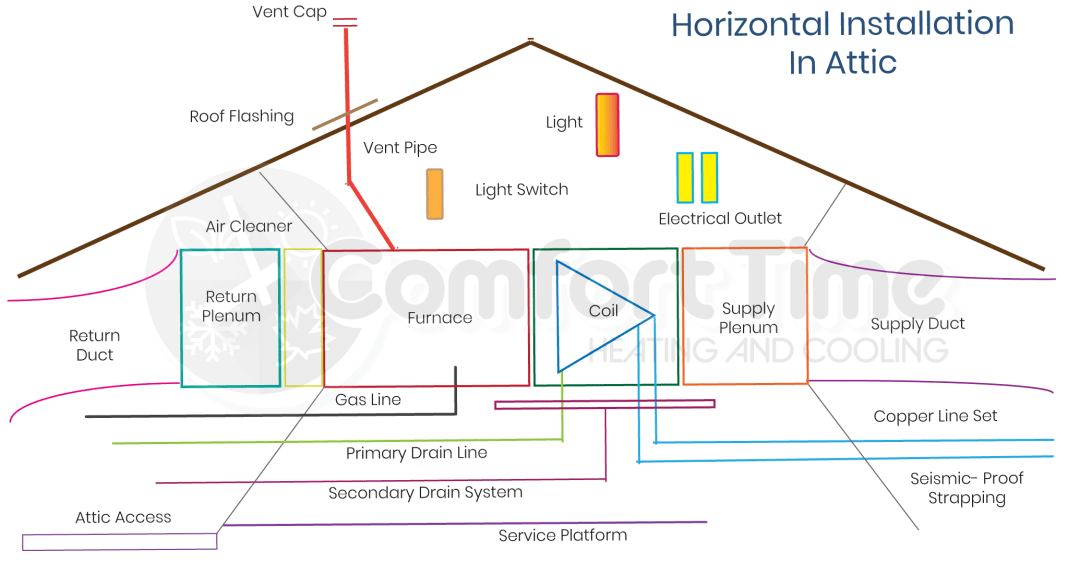Air Conditioning and Heating Installation In Southern California
Air Conditioning & Heating Installations We Provide
- Air Conditioning & Heating Installation
- Ductwork Installation & Replacement
- Heat Pump Installation & Replacement
- Air Conditioning Replacement
- Furnace Replacement
- Home & Offices
- High Efficiency Equipment Installation
Free Estimates For All Our Installation & Replacement Services
Call Today:562-273-3360
Free
Air Conditioning & Furnace Installation Estimates
Why Southern California Homeowners Love Us To Install Their New Comfort System
- Licensed C.A. HVAC Contractor
- Over 700 5-Star Reviews
- Our Installation Crews Are Experience
- 10 Year Warranty On Complete Installations
- Money Back Guarantee
- We Always Give Free Estimates
- We Answer The Phone 24/7
- Nothing Down Until Your Comfortable
We Are The Best Reviewed Family Owned HVAC Company In Town!
Start Getting Comfortable!
Adam Nava
Our A/C broke down in the height of summer and we needed a quick and reliable repair. Tommy Flores from Comfort Time came out at the time promised. He diagnosed the problem and had us up and running within the hour! He was very nice, personable, and professional! Great job and much appreciated!
G M.
My furnace has been struggling for a couple years and was not dependable. I had it replaced through this service. They replaced the whole furnace, and the new one is working perfectly. The installers (A-team) were punctual, courteous, and focused on doing the job right.
John don lucas
Tommy of Comfort Time was professional, friendly and courteus to my parents and myself. He explained his findings and was very attentive. Thank you for a great experience!
Jorge Ayala
Tommy Flores arrived quickly when we made the call. He got to the heart of the problem even faster. He was courteous, respectful, and very professional. My wife and I keep the Comfort Time phone number on our refrigerator. That’s how good they are.

Crystal & Angel Muro
Owner & Founders
What you can expect from our team:
- Punctual Service
- Fulfillment of Promises
- Upfront Pricing
- Exceptional Service & Kindness
- Experienced Technicians
- Marked Trucks & Uniformed Staff
- Leaving Your Space Cleaner Than We Found It
While these services might seem simple and standard, we find that new customers love our company and join our family.
Crystal and I hope to earn your business and offer you the same opportunity that over 1,500 homeowners have given us in our 15 years of operation.
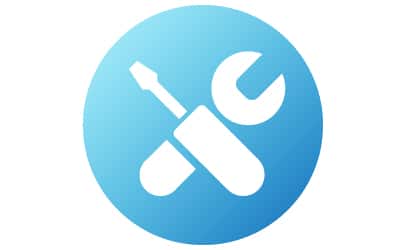
Our Installation Services Include
- Home Air Conditioning Installation
- Home Furnace Installation
- Ductwork Replacement
- A/C Replacement
- Commmercial HVAC Equipment Replacement

What To Expect On Your Free Consultation
- We will listen to your needs
- Evaluate your home’s HVAC needs
- Show you the value of why we are the best in the industry
- Provide you with a custom comfort solution for you and your home
Our Complete Southern California HVAC Installation Service
We Take All The Risk
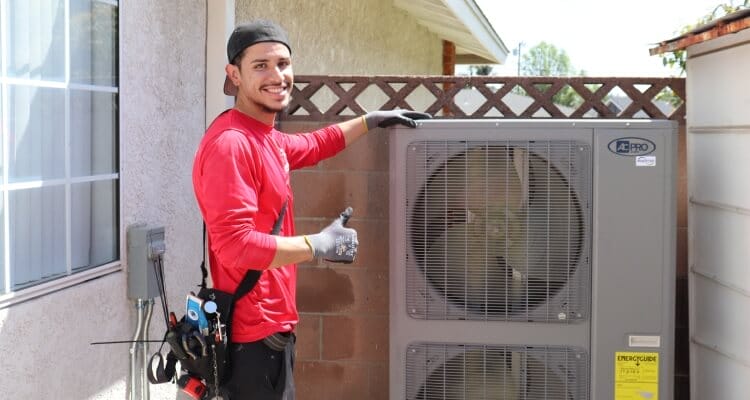
100% Satisfaction Guarantee
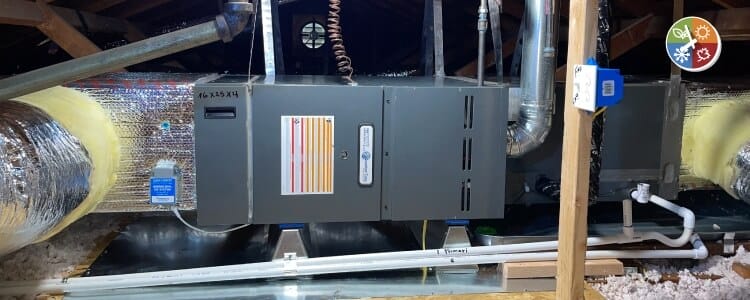
3° Degree Guarantee
- We Place Air Dampers In Every Duct Run To Balance if Needed
- Design a Custom Duct System to Match Your Home’s Needs
- We Make Sure You Have No Air Leaks with How We Install Your Ductwork
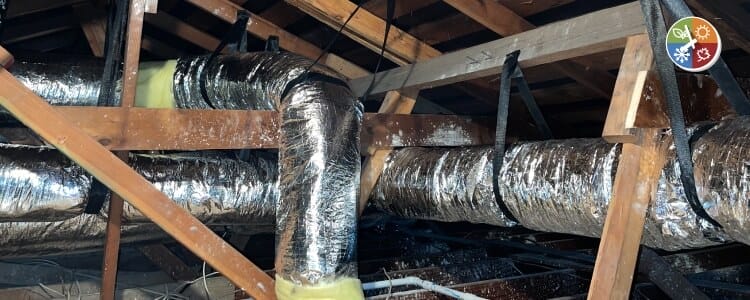
How We Earn Our Customers Trust Since 2008
- We have been affordable and the have the best value that always exceed the price
- Do the right thing, even it is not profitable at that time
- Shown confidence that your installations or repair will be better than average
- Our warranties and promises have exceed our competitors
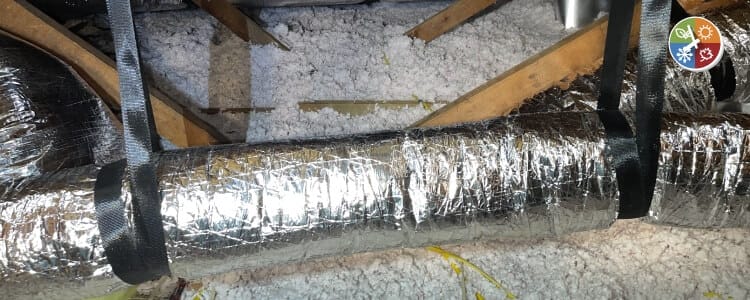
Not All Air Conditioning Systems Work The Same
They all remove heat from one location and transfer it to another location, but their are thousands of factors that make it run efficiently, quietly and get your home comfortable.
Knowing The Basics of Your Gas Furnace and Air Conditioner

Basics To Gas Heating
- Your furnace works by burning gas into a box or heat exchange while the fan moves air through it. The moving air absorbs the heat which then heats your home
- Not all the heat from your furnace is used to heat your home, the excess heat gets vented outside
- The vent that goes outside also takes out the carbon monoxide produced by burning of natural gas

Basics To Air Conditioning
- Air conditioning in its purest form is moving heat from one place to another. For most homes its moving heat from inside to outside
- It does this with an utside unit (the condenser) and your inside unit (furnace and fan) and a coil (box above furnace)
- As the air from your furnace blows air over the coil, the refridgerant inside the coil absorbs the heat and transfers it outside to the condenser where the heat is released outside
What You Should Know Before Getting a New Furnace or Air Conditioning System In Southern California
Do You Need Permits?
What Type of Insurance Should The Contractor Have?
General Liability insurance, you want to be covered if something happens to your home during or after the installation. Make sure the contractor has at least 1-million-dollar general liability insurance policy. Bonded: ask to see their bond, this is the easiest way for you to recoup any losses if something goes wrong, but it usually only covers up to $10,000 worth of damage.
What Size of Unit Do You Need?
Does The Brand Name Matter?
What Features Do You Want?
Is The Company Installing Your Equipment Licensed?
Always Get A Matched System
Not getting a matched air conditioning & heating will kill the life span of the system, give performance issues, and not get the true energy efficiency rating it was designed to get. The only way to tell if it is a matched system is with the ARHI number provided by the government. A matched system is a furnace, coil, and condenser, sized currently for your home and have been tested and proven to work properly together.
You Have Choices When It Comes to Home Comfort In Southern California
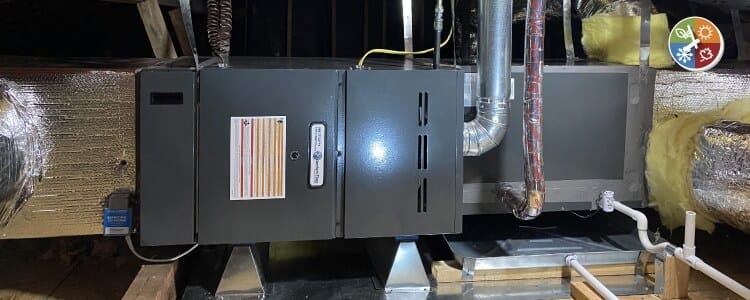

Variable Speed A/C and Heat
- Most efficient design available
- Even air temps around home
- Elimates dry air when heating
- Helps control humidity in summer
- Saves money on energy bill
- Only the best systems are variable speed

High Torque ECM
- Low energy use on start up
- High efficiency motor
- Quiet start up
- Second most efficient motor design
- Saves money on energy bills

Two Stage
- Even air temps around home
- Eliminates dry air when heating
- Helps control humidity in summer
- Saves money on energy bill

Single Stage
- On/Off operation
- Inefficient power usage
- Outdated and old technology
How It Is Installed Matters The Most
- Only 10% of all installations met manufacturer energy standards
- 90% of units tested exhibited some sort of energy wasting problem
- 50% had an improper refrigerant charge level
- 40% failed to meet minimum air flow standards
- 20% were barely inside the range specified by manufacturers
- A deficiency of only 20% of indoor air flow reduces SEER rating by 17%
- A 15% return air leak from a 120 degree fahrenheit attic could reduce a 12 SEER to a 6 SEER
The Real Cost
There are lots of ways to bring down the price. The easiest way other contractors do that is by cutting corners, or not providing you with a complete comfort system your home and family deserve.

Top 10% Installation
We will properly match your equipment to your home’s needs to ensure that you are reaching the true SEER and AFUE rating set by the manufactures. After every installation we perform a 37-point inspection to make sure we did not miss anything. We strongly suggest you get permits with every complete installation. Not getting permits is against the law. Any HVAC contractor that tells you not to get permits, is not doing you any favors. The State of California requires a third-party duct inspection to ensure your system is preforming at 100%.
What Is Really Involved in Replacing or Installing a New Furnace, Coil, and Condenser for Your Home?
Cut-in Installation (Completely New System)
Horizontal Installation (in attic)
- Provide & frame an attic access in hallway of 30″x30″
- Removed & rough patch old furnace (does not include paint)
- Provide gas line to attic with pressure test
- Cut new supply vents through out house & large return vent in hallway
- Provide a new service platform in attic
- Provide new electrical to furnace which includes light switch & outlets to power panel
- Provide new condensation system in attic with secondary drain pan, and float switch
- Provide a rock pit for condensation
- Cut roof line for new vent pipe includes flashing, collar, and cap
- Provide new copper line set from evaporator coil to condenser
- Provide new line set cover & paint to match home
- Provide electrical power directly from the power panel to the new condenser
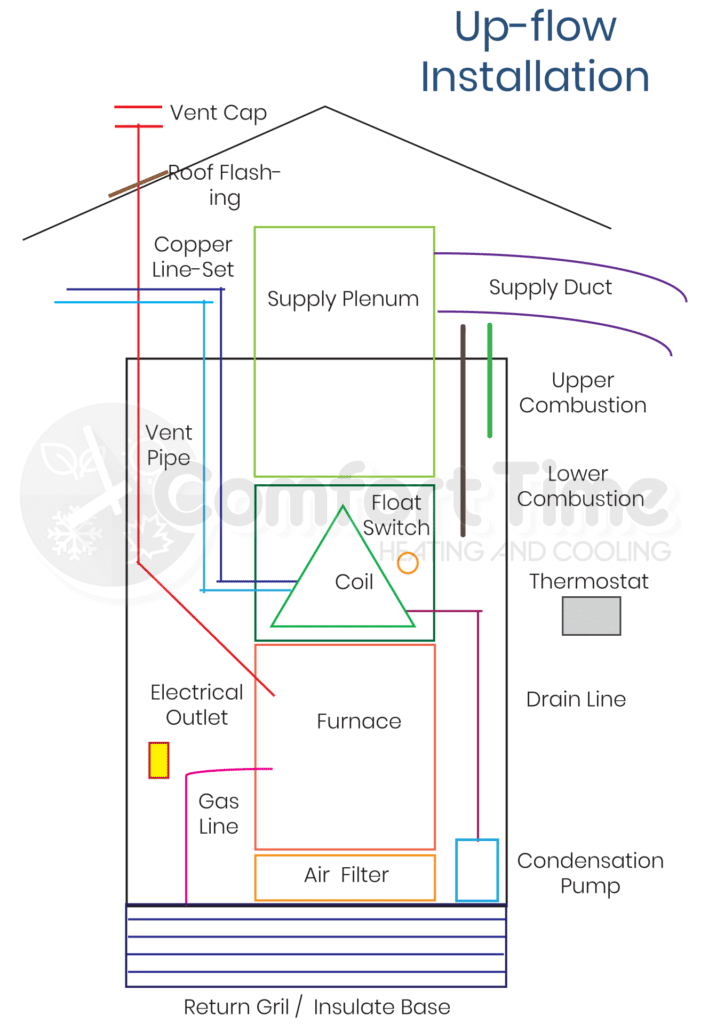
Up-flow Installation (in closet)
- Remove & set new furnace
- Provide new gas flex
- Provide new gas shut off valve
- Provide new gas pipe fittings for installation
- Install new power cord for furnace
- Install or repair existing vent pipe where needed
- Seal all joints from furnace, coil, filter rack & duct plenum for air leaks
- Connect thermostat wire to furnace, thermostat & condenser
- Seal base of furnace if needed
- Insure there is proper upper and lower combustion vents
- Ensure access door closes properly
- Provide a new digital thermostat
- Connect primary drain line with P-trap
- Connect secondary drain line and/or provide flood switch
- Weld existing line set to evaporator coil

New Duct Work
New Duct Work Installation (in attic)
- Remove existing ductwork from attic (asbestos will be done from another company at additional cost)
- Design a new duct system that matches the system and home’s need for proper air balance
- Install new R-6 ductwork from plenum to vents with strap to ensure ductwork stays in place for years to come
- Provide disk dampers for every vent to slow down or speed up air flow if needed
- Provide new TYW and sheet metal where needed
- Provide tap and zip ties to inner liner and outer liner to make a solid connection
- Insulate all expose sheet metal to stop condensation
- Provide caulking behind every supply grille to ensure no air leaks into attic
- Seal all sheet metal openings betweens furnace and coil with duct sealer
- Seal all sheet metal openings to ensure no air leaks






